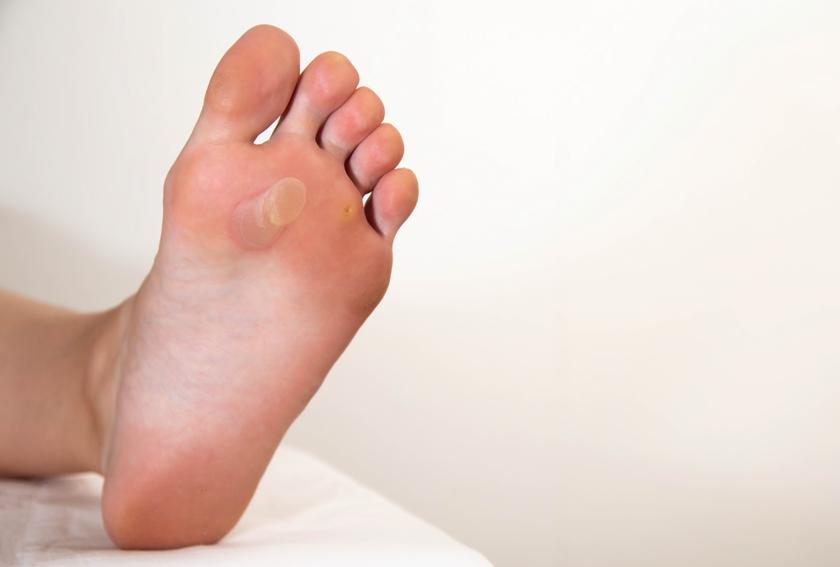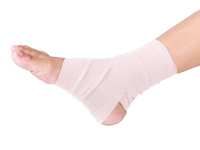A Guide To Common Foot Ailments And State-Of-The-Art Treatments

In the intricate world of podiatry, the feet serve as the foundation of our physical mobility and overall well-being. However, despite their importance, our feet are susceptible to a range of conditions that can cause discomfort and hinder our daily activities. This guide will delve into the most prevalent podiatric ailments, explore their causes and symptoms, and discuss the latest advancements in treatment options.
Understanding Blisters
Blisters are small fluid-filled sacs that develop beneath the skin’s surface, often resulting from friction or pressure. Whether caused by ill-fitting footwear, repetitive motion, or excessive moisture, blisters can be painful, inconvenient, and unsightly.
Wearing properly fitted shoes, using moisture-wicking socks, and gradually breaking in new footwear are essential in preventing blisters. Treatment options range from simple home remedies like gentle cleaning and applying protective padding to professional interventions such as drainage and wound care for more severe cases.
Tackling Ingrown Toenails
Ingrown toenails, characterized by the nail’s edge growing into the surrounding skin, can lead to pain, inflammation, and potential infection. Contributing factors may include improper nail trimming techniques, wearing tight-fitting or narrow shoes, or sustaining trauma to the toe.
Prevention strategies focus on proper nail care techniques and footwear selections. It is imperative to trim nails straight across, avoid cutting them too short, and avoid ill-fitting shoes. Treatment options range from conservative measures such as warm foot soaks, antibiotic ointments, and gentle nail trimming to more invasive procedures like partial nail removal, which removes the offending portion of the nail.
When ingrown nails become recurrent and problematic, a permanent solution is necessary. an office procedure, covered by insurance, can be performed to remove nail borders and reshape the nail from curved to a more flattened shape
Addressing Athletes Foot
Athlete's foot is a common fungal infection of the skin on the feet that thrives in warm, moist environments such as locker rooms and communal showers. Symptoms typically include itching, burning, peeling skin, and skin irritation. If not cared for properly, the infection can spread to other areas of the body.
You can help prevent athlete's foot by practicing good foot hygiene, wearing breathable footwear, and avoiding walking barefoot in public areas. Over-the-counter antifungal medications can help treat mild cases, while prescription-strength topical creams and oral antifungal medications are often used for severe or recurrent cases.
Dealing With Plantar Fasciitis
Plantar fasciitis is a condition characterized by inflammation of the plantar fascia - the thick band of tissue that supports the arch of the foot. Common symptoms include heel pain and discomfort, particularly upon waking or after prolonged periods of standing or walking. Contributing factors may include overuse, high-impact activities, obesity, structural abnormalities in the foot, or improper footwear.
Treatment typically involves a combination of conservative measures such as rest, ice therapy, stretching exercises, orthotic inserts, physical therapy, and nonsteroidal anti-inflammatory drugs (NSAIDs) to alleviate pain and inflammation. In severe cases, corticosteroid injections or surgical intervention may be considered.
Dealing With Corns And Calluses
Corns and calluses are thickened areas of skin that develop in response to repeated friction or pressure, commonly occurring on the feet, toes, or even hands. While they serve as the body's natural defense mechanism against irritation and injury, they can become painful or unsightly if left untreated.
Corns and calluses may be prevented by wearing properly fitted shoes, using protective padding or orthotic inserts, and practicing regular foot hygiene. Treatment options range from manual debridement and keratolytic agents to alleviate discomfort to corrective measures such as orthopedic footwear or surgical intervention for persistent or recurrent cases.
Exploring Innovative Treatment Options
In recent years, the field of podiatry has witnessed significant advancements in treatment options. One of these advancements is stem cell therapy, which has emerged as a promising approach for accelerating wound healing and tissue regeneration. Stem cells, with their unique ability to differentiate into various cell types, hold immense potential for repairing damaged tissues and promoting the body's natural healing processes.
By harnessing the regenerative power of stem cells, podiatrists can offer patients a cutting-edge solution for addressing chronic wounds, diabetic ulcers, and other podiatric conditions that have been resistant to traditional treatments. While research in this field is ongoing, clinical trials have shown promising results, paving the way for a new era of personalized medicine in podiatric care.
Stepping Into Wellness By Embracing Foot Health and Innovation
Podiatric conditions can significantly impact our quality of life, affecting our ability to move comfortably and engage in daily activities. However, with proper awareness, preventive measures, and access to advanced treatment options, individuals can effectively manage and alleviate the symptoms of common foot ailments.
Whether through conservative measures such as proper footwear and foot hygiene or innovative therapies like stem cell therapy, podiatrists are crucial in promoting foot health and overall well-being. By staying informed and proactive about foot care, we can ensure that our feet remain strong, healthy, and ready to support us in every step of our journey.
Are you ready to start the journey to improving your foot health? Book an appointment with our office today to get started on the right track
















